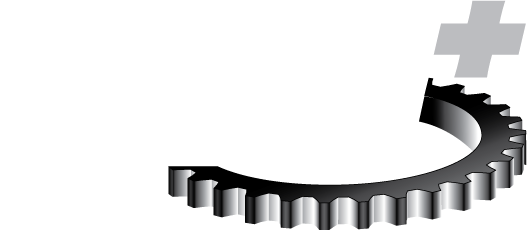
Fundamentals of Modern Vehicle Transmission Systems
This course covers the technology of the most common and latest transmission systems designed to achieve the most efficient engine operation starting with a look at the primary function of the transmission; to couple the engine to the driveline and provide torque ratios between the two. Current designs, the components and sub-systems used, their functional modes, how they operate, and the inter-relationships are addressed in detail. The future of the automatic transmission is also discussed.
A collection of transmission cutaways and components are included to give learners an opportunity to supplement theoretical concepts with practical “hands-on” demonstrations and exercises. For example, a manual transmission display is used to explain ratios and how they function within the driveline. An automatic transmission model illustrates the concept of automatic control and hydro-mechanic decision theory and implementation. Additional hardware is used to explain mechatronics and toroidal transmission functions.
Continuously Variable Transmission (CVT) systems, a fundamental shift in the way power is transmitted from the primary source to the remainder of the driveline, is covered in-depth on the third day.
Learning Objectives
By completing this course, you will be able to identify, recognize or articulate:
- Development, operational aspects and design principles of passenger vehicle and light truck transmission systems, their major components and sub-systems
- Operational parameters and inter-relationships of each of the sub-systems
- Basic design synthesis and analysis techniques for each of the major components and sub-systems
- Compare and contrast ‘stepless’ to ‘stepped’ transmission technology
- Function and operation of all major components and sub-systems by participating in hands-on demonstrations
- Limitations, technological trends, and potential new products under consideration
- Direction of new passenger car transmission designs and systems
Who Should Attend
The intended audience for this course is powertrain engineers, component suppliers, vehicle platform powertrain development specialists, engineers involved in the application or design of transmissions, or other technical personnel who need to understand the operational theories and functional principles of modern vehicle transmission systems.
Prerequisites
Because this course is targeted at a number of design and engineering disciplines, learners should have a B.S. in engineering or related field and preferably a minimum of two years design experience in the automotive powertrain field.
Topics
- Overview of mechanical power transmission in a passenger vehicle and light truck — Manual transmission; automatic transmission; continuously variable transmission (CVT)
- Theory, function and operation of manual transmission — Design; main components; common configurations
- Vehicle powertrain requirements and specifications assessment
- Shift strategy analysis and control system implementation
- Components and sub-systems — Shifters, clutches, synchronizers, gears, shafts
- Basic gear theory and application development
- Powerflow analysis
- Synchronizer operation and analysis
- Lubrication and cooling requirements review
- Development and layout of the “automatic” transmission — Front-wheel drive; rear-wheel drive; four-wheel drive
- Functionality — Torque converter operation; gear systems; gear design considerations; type; layout; NVH (Noise, Vibration and Harshness); epicyclic powerflow
- Extension of gear theory to epicyclic gear-trains
- Design and operation of clutches and bands
- Application of one-way/over-riding clutches
- Powerflow analysis of torque converters, epicyclic gear sets
- Review of shift strategy
- Implementation of shift strategy through hydro-mechanical control systems
- Simple shift model analysis
- Lubrication and cooling requirements review
- CVT design and operation — Theory and function; typical layout; main components
- Technological development of the CVT
- Basic theory of friction drives
- Toroidal drive technology — Theory of operation; main components; benefits and limitation of the technology
- Functionality and characteristics of CVT components, sub-systems — Gearbox housing; variators; forward clutch; converter housing; input shaft; selector shift valve; differential; output shaft; mechatronic control unit; belt/push chain
- CVT power-flow — Torque converter; primary variator; secondary variator; output shaft
- Mechatronics — Theory and operation; general implementation; CVT application
- CVT Manufacturing — Considerations; major manufacturers; future CVT development
- Future Technologies — “Manualized” automatics, automated manuals; DCT, SSCT, DSCT
